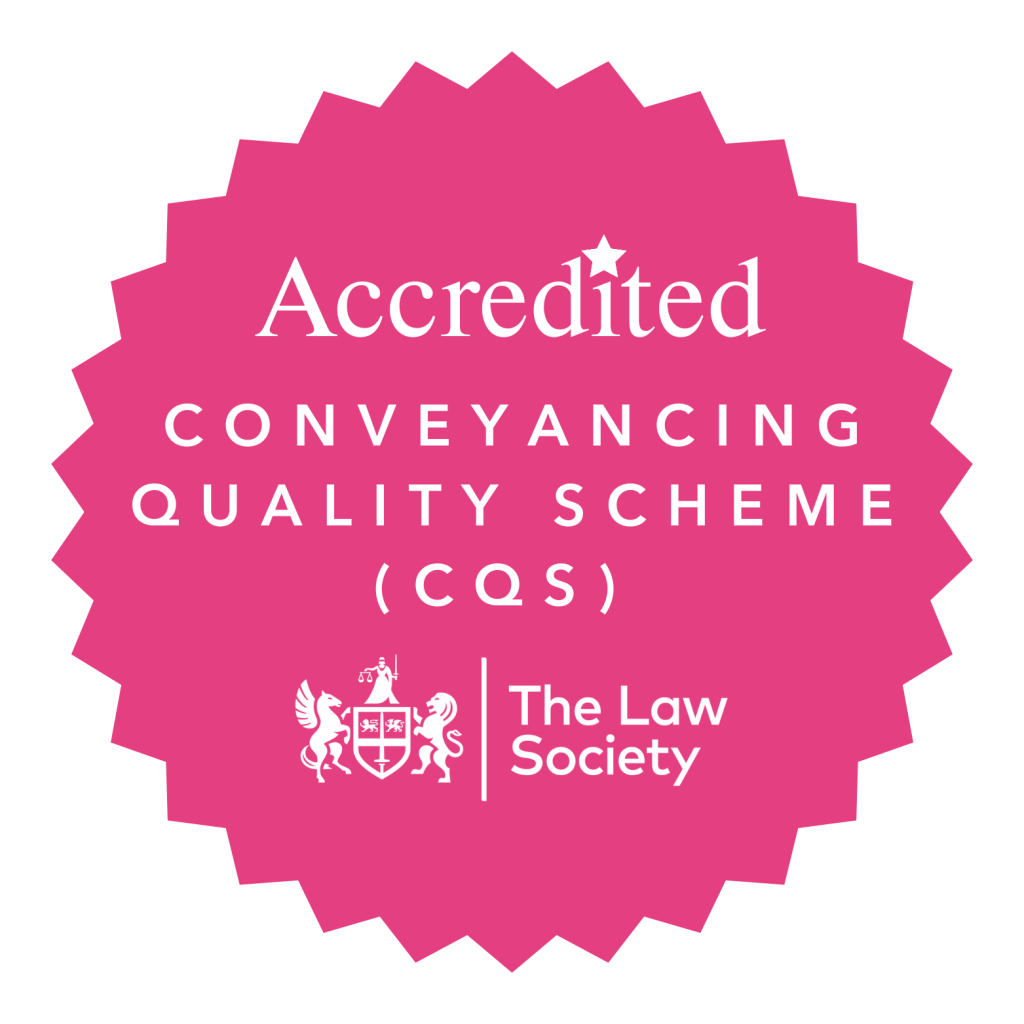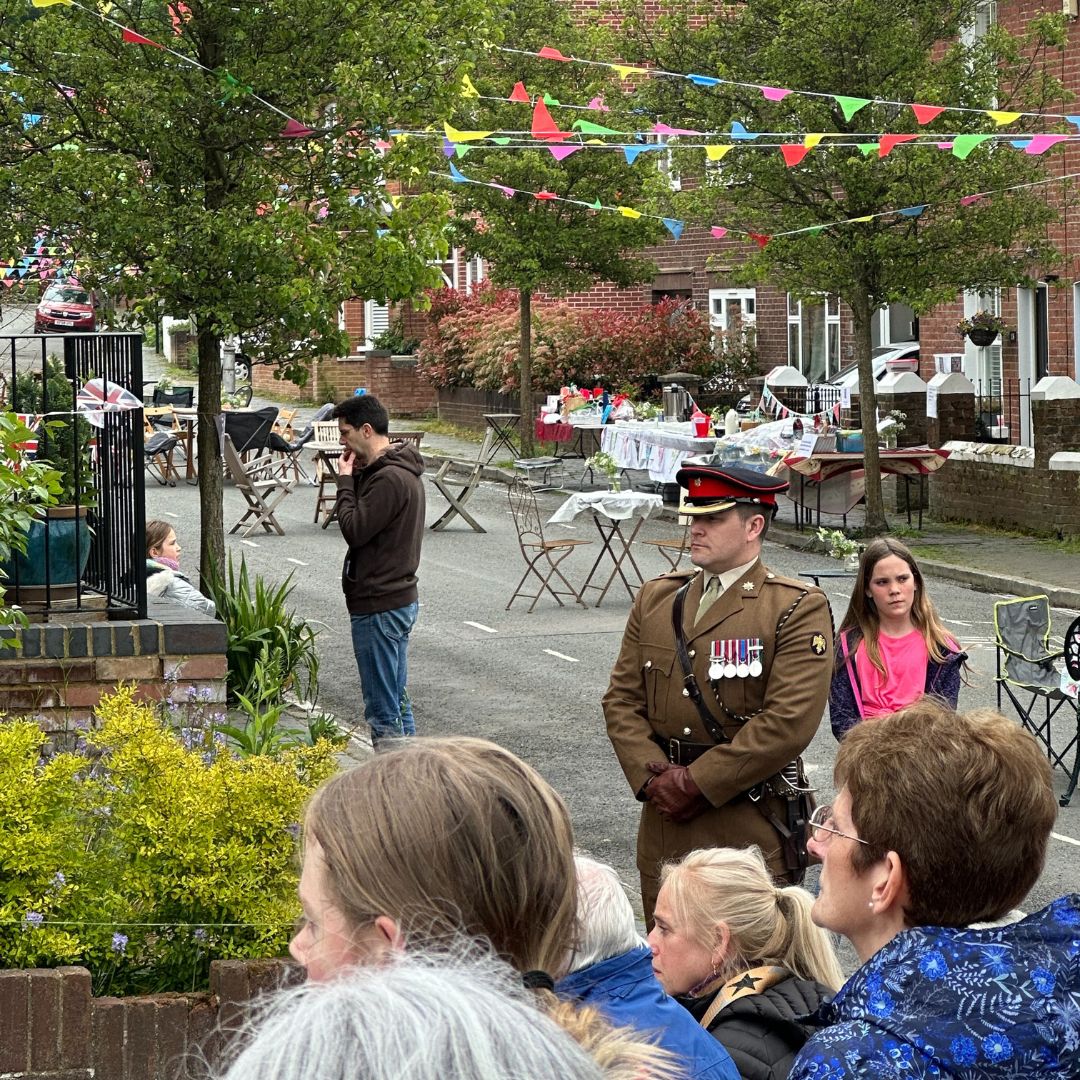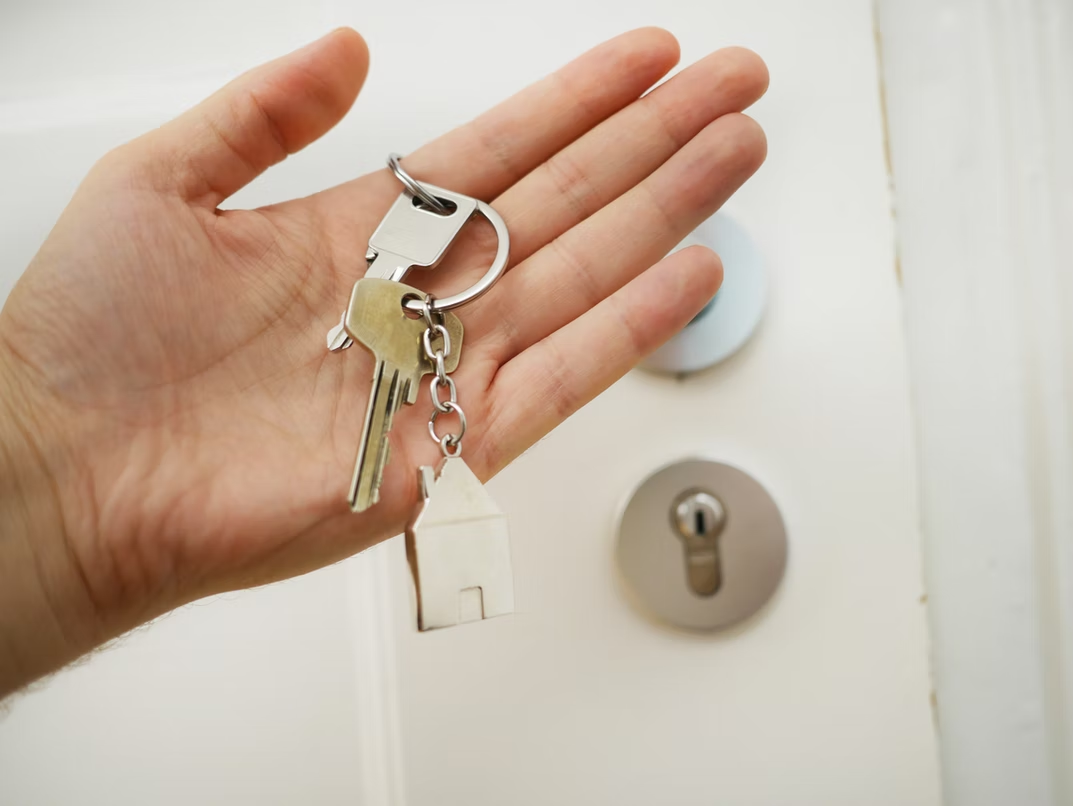
Labrums is proud to be located in an area steeped in history.
As more new members of staff join the team, and people move to the area, we thought we would put together a little history of the area.
Sopwell House, opposite the Labrum’s offices, was built on the site of Sopwell Priory following the dissolution of the monasteries.
Legend has it that two local women lived as hermits beside the river and in
1141 the then Abbot of St Albans, Geoffrey de Gorham, was so impressed by their piety that he established a nunnery there.
The nunnery was called St Mary’s of Sopwell, which in time became Sopwell Priory. Originally there were 13 nuns but by the dissolution in 1537 there were only 5 nuns left.
The name Sopwell apparently comes from the practice of nuns dipping crusts of bread into the water of the Holy Well before offering it to travellers on their way to the shrine of St Albans.
The ruins, known as the Sopwell Nunnery or Priory, are in fact the ruins of Sir Richard Lee’s unfinished manor house.
As one of Henry VIIIs military architects, he was given the land, including the nunnery, in 1538, after the dissolution and he built a new house on the foundations.
The earliest reference to Sopwell House is found in a deed of 1603, which makes reference to the house as the newly built ‘New Barnes’ Home to Richard Sadlier.
Little is known about the intervening period until 1665 when the Duchess Alice, a member of the illustrious Dudley family, took up residence during the great plague and fire of London.
The name New Barnes is still in use locally today with ‘New Barnes Mill’ and its bridge situated nearby.
In 1670 the house was bought by Sir Harbottle Grimston, Earl of Verulam, owner of the Gorhambury estate.
Gorhambury was built by Sir Richard Lee on the ruins of the Sopwell Nunnery which became the possession of Francis Bacon, the 1st Baron of Verulam.
The Sopwell Nunnery is believed to have been where Anne Boleyn took refuge following her return from France and where her secret marriage to King Henry VIII took place.
At the beginning of the 18th Century, Edward Strong, a Master Mason known to have worked on St. Paul’s Cathedral and Blenheim Palace, leased the house and it is assumed that he developed the house further during his tenure.
Admiral of the Fleet, Prince Louis of Battenberg, Father of Louis and Alice, leased the house as his family’s country home in 1901.
Louis, later Lord Mountbatten of Burma, was the last Governor of India.
Alice married Prince Andrew of Greece and was the mother of Prince Phillip Duke of Edinburgh. It is believed that Prince Andrew proposed to Alice in the gardens of Sopwell House.
As part of the Verulam estate, Sopwell House was used by members of the family until the end of the Second World War when it became a home for the aged before its conversion in 1969 to a hotel.
The present owner, Abraham Bejerano, purchased the property in 1986 and has sensitively developed and updated the facilities taking care to retain the character and charm of the original Georgian house.
Sopwell House is now a luxury 128 bedroom hotel, country club & spa. The facilities include a conference & banqueting centre, 2 restaurants, 2 bars, gym, dance studio, and spa.
A thousand years ago Sopwell was known as Eywood. It was a large forest and hunting ground between the River Ver and the Roman Watling Street.
For centuries the road in front of the Priory ruins was called Green Lane as were many roads which passed through grazing land.
The name was changed to Cottonmill Lane in 1810 when a mill – where Labrums is now situated – was established on the River Ver which produced cotton for the wicks of candles.
The town’s first waterworks were located here and the watermill is thought to have been built in the late 18th century for polishing diamonds.
In 1840 around 60 people worked here. Over the years output switched to Berlin tapestry wool and grinding grain.
After 1883 the site was used for the open air baths.
This mill eventually closed down.
The water from the nearby Holy Well was reputed to perform cures and John Churchill, of the Marlborough family, made it a water feature of his garden in the middle of Holywell Hill.
The well was rediscovered when De Tany Court was built on the St Albans School Playing fields and can be seen today through a grill not far beyond the first pedestrian entrance to De Tany Court off Prospect Road.
Post a comment
You must be logged in to post a comment.















